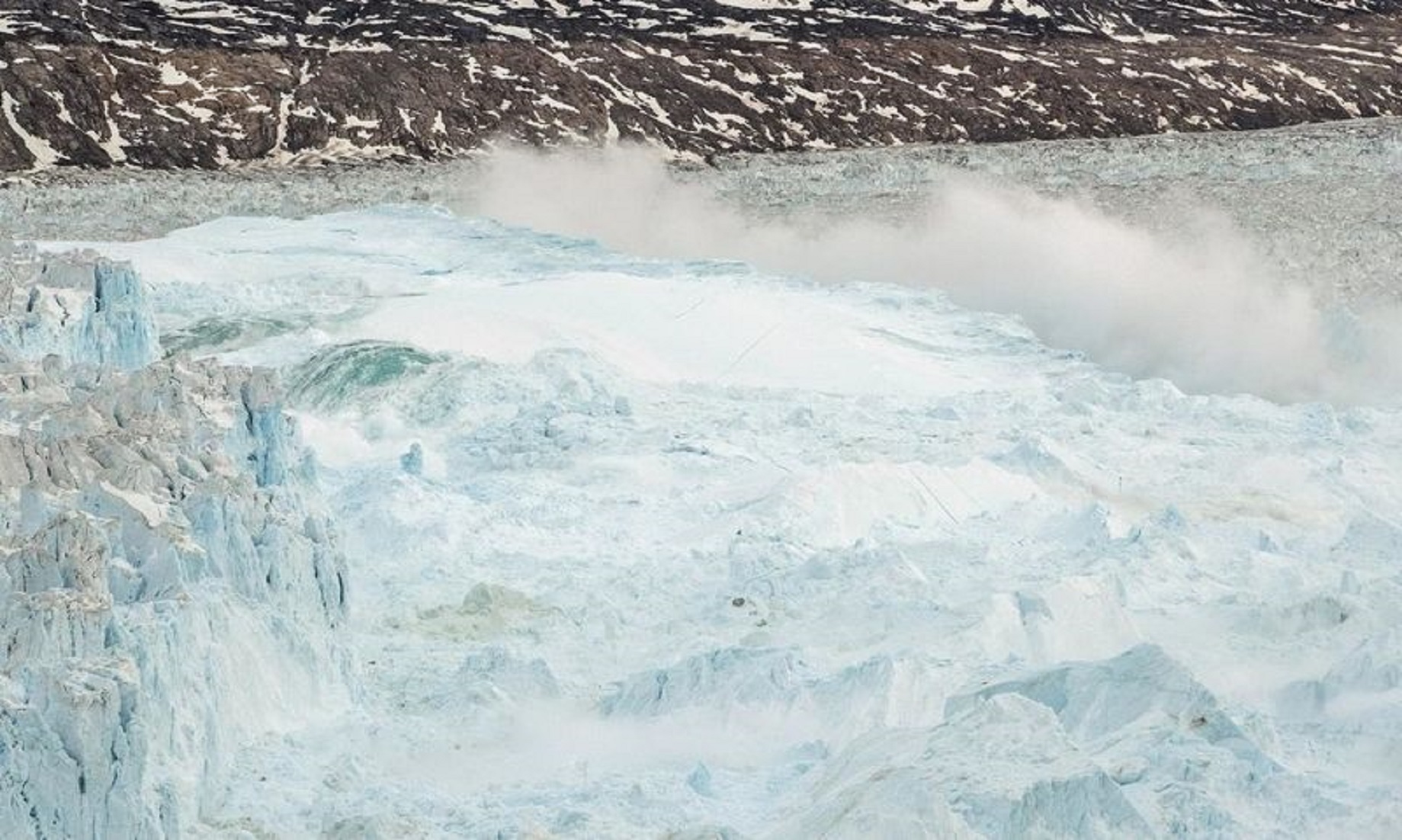
JAKARTA, Dec 13 (NNN-AGENCIES) — Indonesia’s little-known glaciers are melting so fast they could disappear in a decade, a new study says, underscoring the imminent threat posed by climate change to ice sheets in tropical countries.
As the COP 25 summit wraps up in Madrid, nations are struggling to finalise rules for the 2015 landmark Paris climate accord, which aims to limit global temperature rises.
Thousands of kilometres away, glaciers on a mountain range in Indonesia’s Papua region – and a handful of others in Africa and the Peruvian Andes – are an early warning of what could be in store if they fail.
“Because of the relatively low elevation of the (Papua) glaciers … these will be the first to go,” said Lonnie Thompson, one of the authors of the study published in the Proceedings of the National Academy of Sciences this week.
“They are the ‘canaries in the coal mine'”.
This summer, Iceland mourned the passing of Okjokull, its first glacier lost to climate change, amid warnings that some 400 others on the subarctic island risk the same fate.
Meanwhile, a team of researchers in Switzerland warned that unchecked greenhouse gas emissions could see more than 90-per cent of glaciers in the Alps disappear by the end of the century.
Accelerating melt-off from glaciers and especially ice sheets in Greenland and Antarctica are driving sea level rises, threatening coastal megacities and small island nations. Glaciers are also a key water source for tens of millions of people.
While they’re usually associated with colder-weather countries, the glaciers in Papua, an Indonesian region on the western half of New Guinea island, are a key marker of the impact of rising global temperatures, researchers said.
“Tropical glaciers are mostly smaller and so their response time to variations in climate change is faster compared to larger glaciers and ice sheets,” said Indonesia-based glaciologist Donaldi Permana, also an author on the study.
Earlier estimates suggested that Papua’s glaciers have shrunk by around 85 per cent in the past few decades.
This week’s study said glaciers that once covered some 20 sq km have shrunk to less than half of one sq km. There has also been a more than five-fold increase in the rate of ice thinning over the past few years.
“The situation has reached worrying levels because ice formation is no longer happening – only glacier recession,” Permana said.
“The glaciers are in danger of disappearing within a decade or less,” he added.
The melting has been exacerbated by the El Nino phenomenon, which causes warmer temperatures and reduced rainfall.
“Reducing greenhouse gas emissions and planting more trees can probably slow down the ice recession in Papua,” Permana said.
“However, we believe it’ll be extremely difficult to keep them” from melting.
Aside from any environmental impact, their disappearance would also be a cultural loss for some indigenous Papuans who consider them sacred.
“The mountains and valleys are the arms and legs of their god and the glaciers are the head,” said Thompson, a professor at Ohio State University.
“The head of their god will soon disappear.” — NNN-AGENCIES






